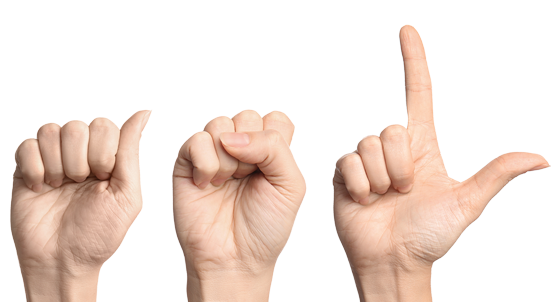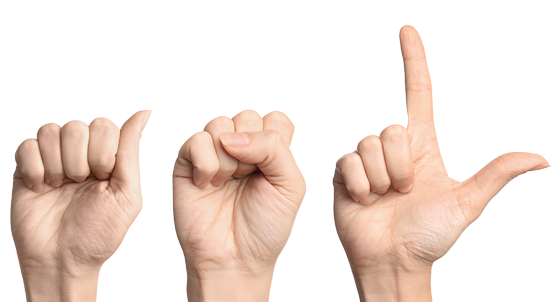Deaf and Hard of Hearing Persons’ Right to Effective Communication in Health Care Settings

Deaf and Hard of Hearing Persons’ Right to Effective Communication in Health Care Settings
Did you know that you have the right to “effective communications” under the Americans with Disabilities Act (ADA)?
ASL Video
Deaf and Hard of Hearing Persons’ Right to Effective Communication in Health Care Settings

This video is in American Sign Language (ASL)
September 19, 2019
Did you know that you have the right to “effective communications” under the Americans with Disabilities Act (ADA)?
Individuals who are Deaf, DeafBlind, DeafDisabled, Hard of Hearing and Late-Deafened must be provided information in a way they can easily understand. Under the ADA, health care providers must provide effective communication for patients, family members, and visitors who are Deaf or hard of hearing using auxiliary aids and services. Auxiliary aids and services include qualified sign-language interpreters, assistive listening devices, note- takers, written materials, and real-time captioning.
To learn more, view our self-advocacy publication






